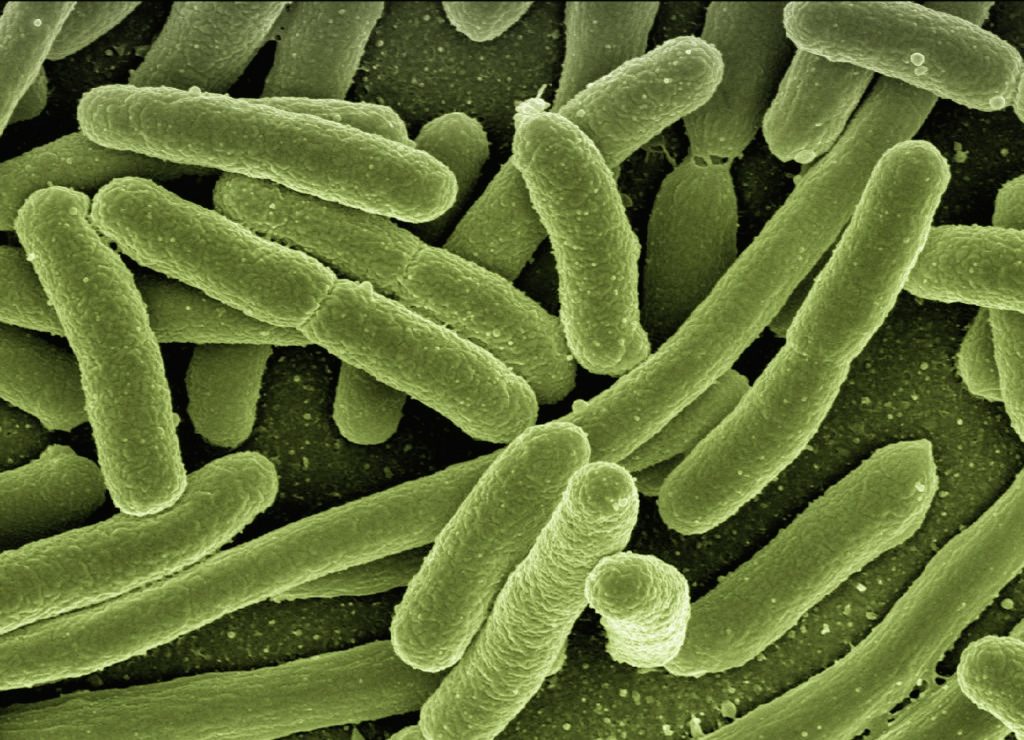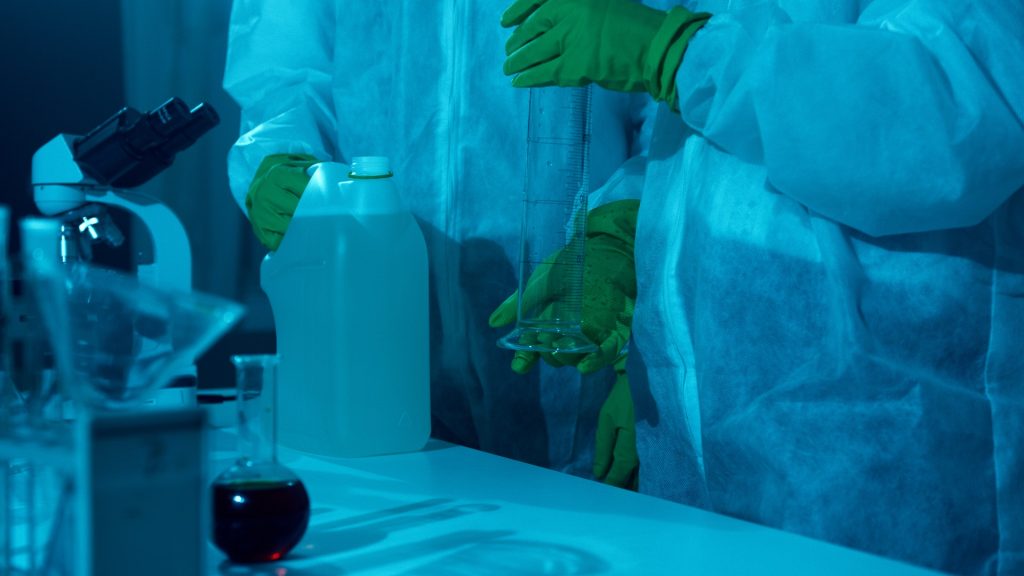Using a Gaming Console can Improve Stroke Patient Rehabilitation

A study by the Faculty of Physiotherapy of the University of Valencia (UV) has shown that a physiotherapy programme using the Nintendo Wii console improves the functionality, balance and daily activities of patients who have suffered a cerebrovascular accident or stroke.
Wii research group
The study found that when the Wii is added to conventional physiotherapy techniques, the benefits are significant in stroke patients. Besides improvements in functionality and balance, the physiotherapy programme using the Wii also helps to improve daily activities.
The use of game consoles in medicine has focused on aspects such as helping build motor skills and pain management with virtual reality immersion. They are relatively cheap and available, and simple to use. One study looked at using a Microsoft Xbox to help rehabilitation of patients with Parkinson’s disease.
Previous research had already shown that the Wii can help normal treatments in restoring functionality in some chronic diseases. However, until now, there was little evidence of its use in people who had suffered strokes. “Before conducting the study we realised that not much research had been done with stroke patients, so we wanted to know if console games could promote mobility, balance and the day-to-day life of people with this pathology”, explained Elena Marqués, one of the researchers and professor of Physiotherapy at the UV.
The study recruited 29 participants into two groups, one using the Wii and conventional techniques, and the other performing traditional physiotherapy exercises. “The sample is relatively large considering it is comprised by patients who suffered strokes, as because they have many physical limitations, their treatment is usually much more individualised than that of other pathologies”, said the author.
These video games allow therapists to design rehabilitation programs that improve the principles of brain plasticity. An additional advantage is that the console provides real-time feedback on performance and progress, which can increase patient motivation, fun, and treatment adherence. “It should be taken into account that some patients have not performed any exercise before, regardless of the pathology they have, so being presented as a game can be an incentive”, said Prof Marqués.
She pointed out that other benefits include the Wii being easy to use, relatively affordable and, most importantly, can be used individually and at home, without needing to visit a rehab centre. This is particularly useful with COVID lockdowns.
This is one of the first studies using consoles as a therapeutic option, but it can be extended to patients with other pathologies, “because it allows you to work the balance with the console table, both in the chronic phase and in the subacute phase”, said Marqués.
Strengthening mirror neurons
Many Wii games use the remote control, but the console also offers a balance table that detects weight transfer by reflecting it in an avatar on the screen, letting the patient observe his/her own movements and generate positive feedback.
Thus, when the person observes his/her movements, the plasticity changes that depend on the use of sensory areas belonging to the mirror neuron system are strengthened. This exemplifies, among other factors, the improvements the Wii can provide in such patients. This feedback could result in a strengthening of the learning mechanisms of different motor and sensory activities and ultimately improving quality of life.
Source: Asociación RUVID






